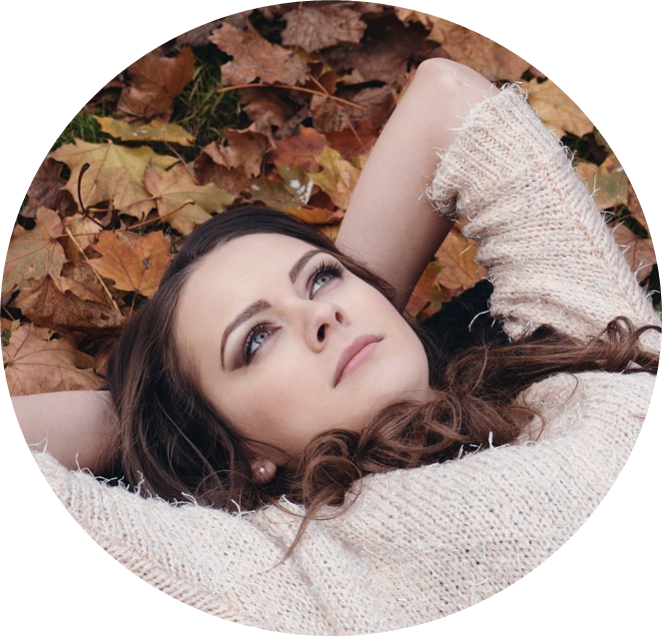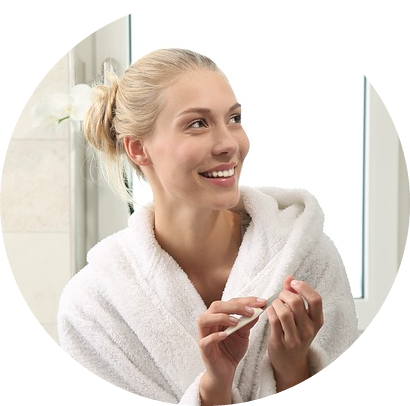Seasonal Hair Loss – Myth or Reality? Find The Answer
Circannual rhythms (physiological variations that occur in the same period of the year) can be described as a change in the level of hormones secreted by your body. Scientists believe that these fluctuations explain many pathologies (the scientific study of the nature of the disease and its causes) such as male pattern baldness. A study called the “Tromsø study” screened all inhabitants aged 25 years or older living in Tromsø (Norway) for their Testosterone blood levels over a period of time.
The study showed that Testosterone reaches two peaks during the year, one in February-March and the other one in November-December (Figure 1). As can be seen from the graph below the biggest peak is in Autumn.

Figure 1 – Shows Total Testosterone (Total-T) and free Testosterone (Free-T) levels during a 12-month period.
It has also been observed by some scientists that more hair is lost in Spring and in Autumn.
This coincides with the Tromsø study that shows a seasonal variation (of about 30% by season) of total and free testosterone (Figure 2).
Figure 2

So why does more hair fall out in these seasons? It is postulated that Spring and Autumn both see a sudden change in climate – both temperature and amount of daylight. These sudden variations in the factors may be stressing the body. The body responds by releasing the hormone, Testosterone. Higher Testosterone blood levels mean more DHT in the scalp and consequently less hair on your scalp. (DHT attacks hair follicles.)
So do not worry if you are shedding more hair in the Spring and Autumn. To protect your hair and ensure that you provide your locks with all the necessary vitamins and minerals try Nutrigro natural hair food capsules.
The Nutrigro® Hair Food Plus Capsules
The Coolherbals Nutrigro® Male Hair Food Capsules









